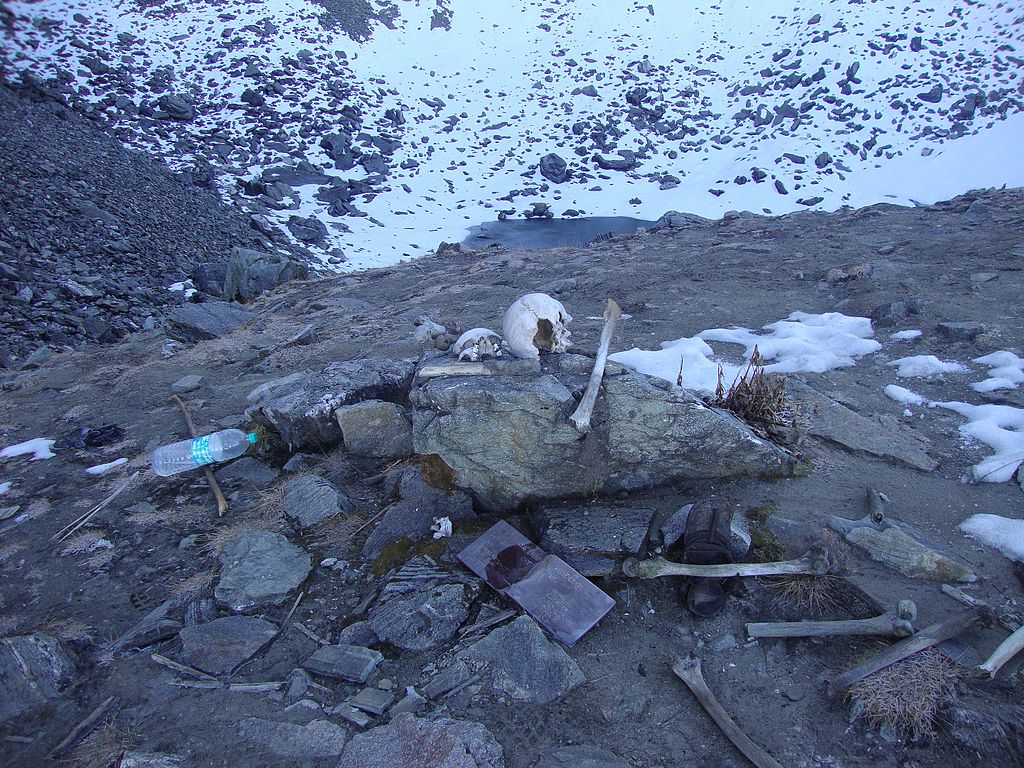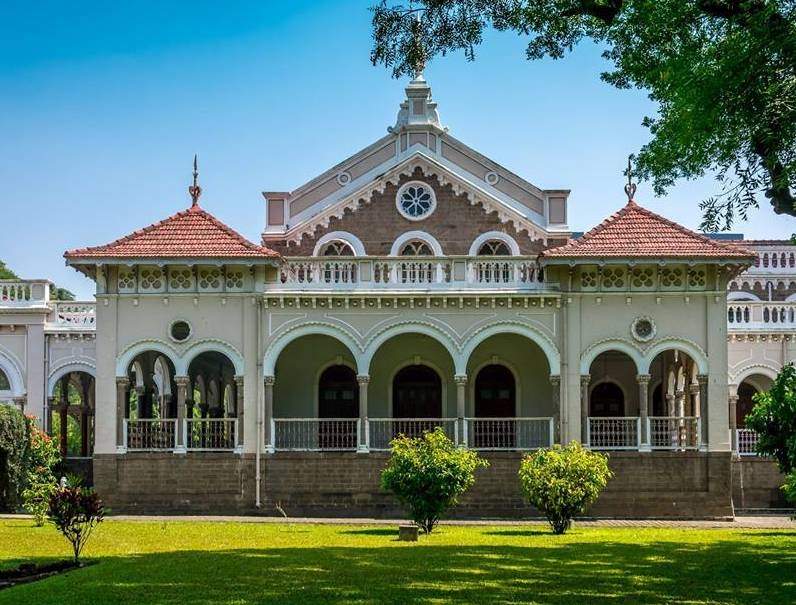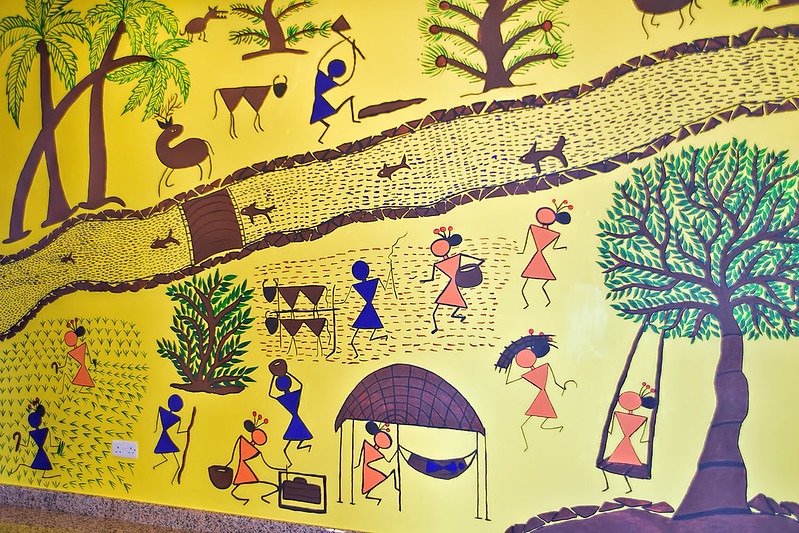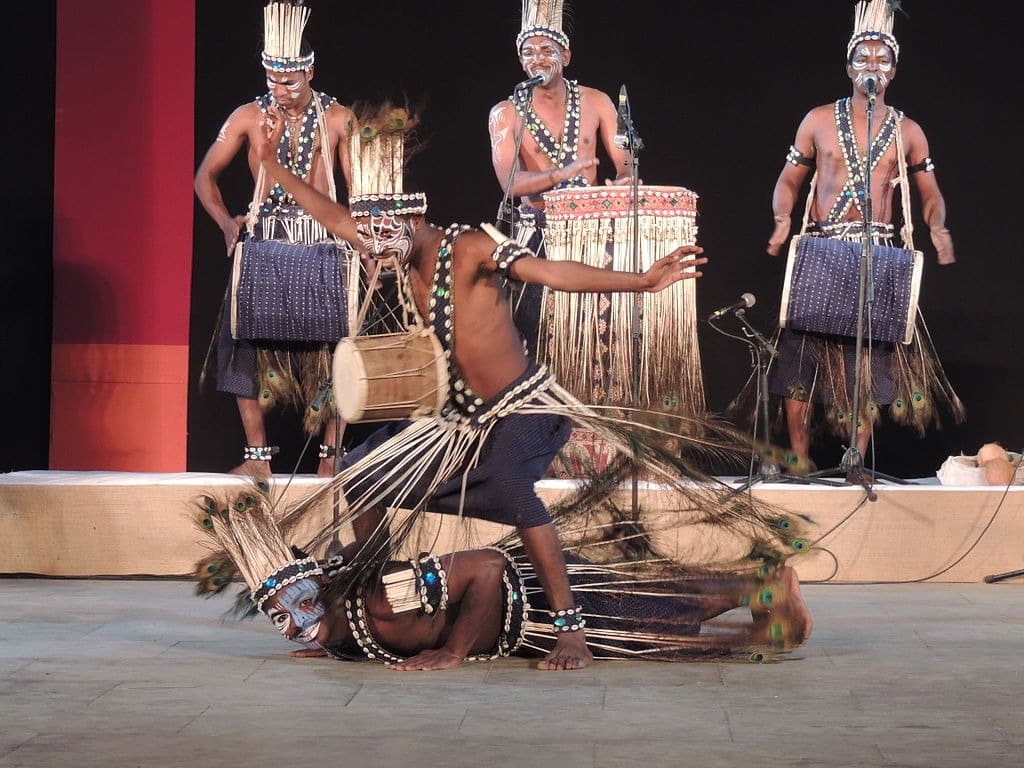Picture a lake surrounded by bones. You navigate the mountains, surrounded by a rock-strewn glacier, as the damp air hangs heavy around your shoulders. Long departed souls seem to cast furtive glances at you from around every corner. This is not a concocted Bollywood horror fantasy or a haunted house, but a real place with mystery in Uttarakhand called the Roopkund Lake. Many embark on a trek to this mysterious skeleton lake by booking a cab to its starting point from Delhi, only to find themselves in awe—and unease—at the eerie spectacle awaiting them.
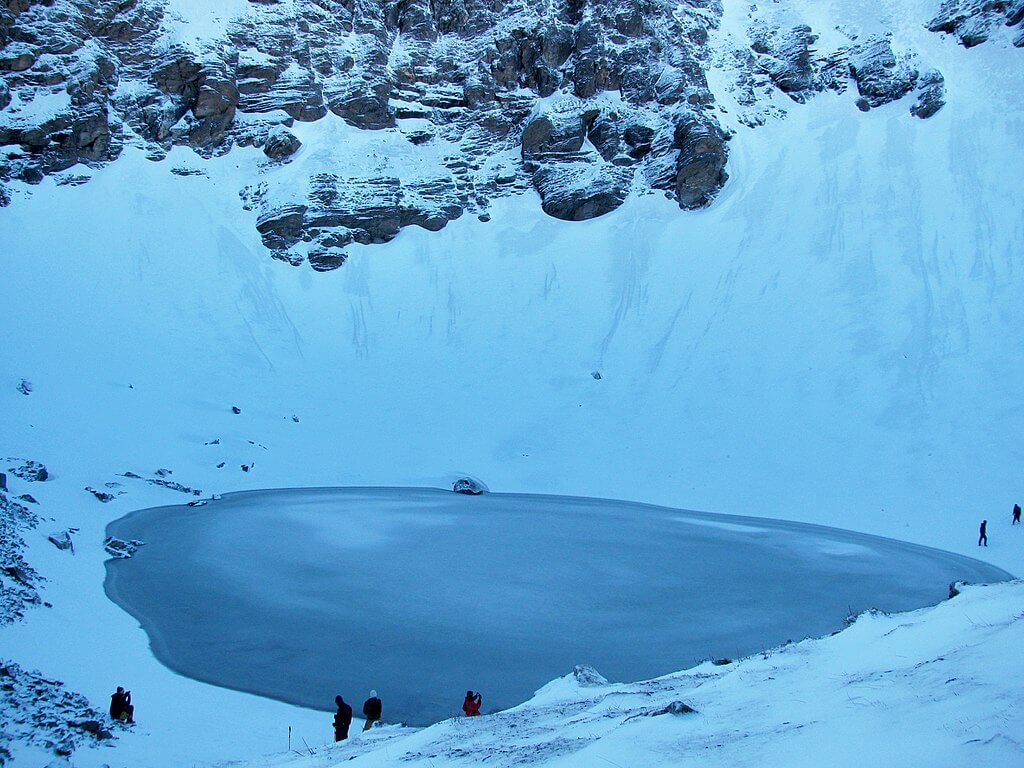
Set amidst the benevolent mountainous peaks is the gateway to a lake that is scattered with bones. The Roopkund Skeleton Lake remains in the spotlight for its mystery. The remains of human skeletons and horses from the Palaeolithic period can be seen here, earning it the nickname “Mystery Lake.” Roopkund Skeleton Lake, located over 5000 meters above sea level in the Indian Himalayas, has long perplexed archaeologists and researchers. However, research reveals that the site has a much more complicated history than imagined.
[Also read: The Curious Case of Lonar Crater Lake]
The Discovery of the Mystery Lake
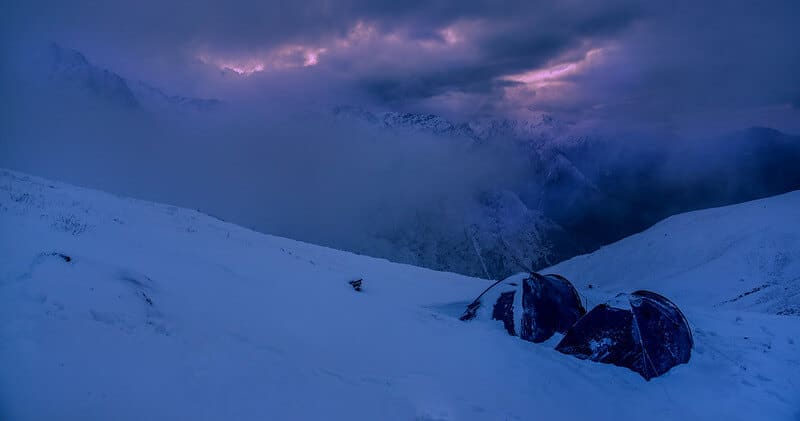
In the winter of 1942, on the shores of a lake high in the Himalayas, a British forest guard came across hundreds of bones and skulls, some with flesh still on them. The ice melting that summer revealed even more skeletal remains floating in the water and scattered around the lake’s edges. Because it was the height of World War II, there were fears that the skeletons belonged to Japanese soldiers who died of exposure while trying to sneak through India.
Fearing a Japanese land invasion, the British government dispatched a team of investigators to determine whether this was true. They discovered that the bones were not from Japanese soldiers, but rather from a much older period. But what happened to them? Many hypotheses have been proposed, including an epidemic, a landslide, and ritual suicide. Nobody could solve the mystery of Roopkund Lake skeletons Lake for six decades.
[Also Read: Would you Dare Visit these 9 Most Haunted Places in India?]
The Legend of King Jasdhawal
The locals believe the bones belong to royalty. Jasdhawal, a king, embarked on a pilgrimage to Nanda Devi. He wanted to honour the goddess because he was about to be blessed with the birth of a child. While local priests warned him not to take a noisy troupe to the sacred site, he ignored their advice. During the journey, the queen gave birth to a child, and the king brought dancers and other luxuries with him. All of this enraged the goddess. She believed that this was corrupting her holy land, so she unleashed a hailstorm. The goddess was enraged by the ostentatious display of festivity and pomp and thus slew them all.
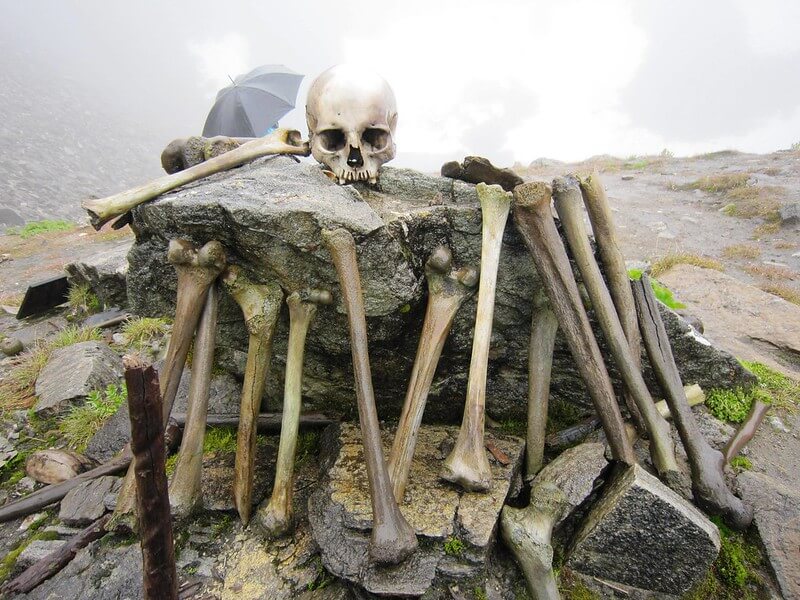
Remains of jewellery and other artefacts, as well as numerous knives and spears, have been discovered among the Roopkund lake skeletons, giving credence to this theory. There is also a traditional folk song among Himalayan women, whose lyrics suggest that once a goddess was so enraged with outsiders who tarnished the sanctity of her mountain abode that she showed her rage by hurling hailstones at them that were “hard as iron.” These outsiders in the folk song might have been the King of Kannauj and his troupe.
Other Theories of the Roopkund Lake Mystery
Some people believe that the Roopkund Lake skeletons belonged to groups of people who came to the valley looking for magic mushrooms, known locally as ‘keeda jadi.’ Every spring, the valley is said to sprout thousands of these caterpillar fungi, which have incredible medicinal properties. The fungus is extremely valuable. In the spring, some people went in search of them and ended up in the middle of a devastating natural disaster. The journey could have progressed until everyone was trapped, with nowhere to run and hide as disaster struck and a violent torrent of hailstones fell from the skies and battered the entire group.
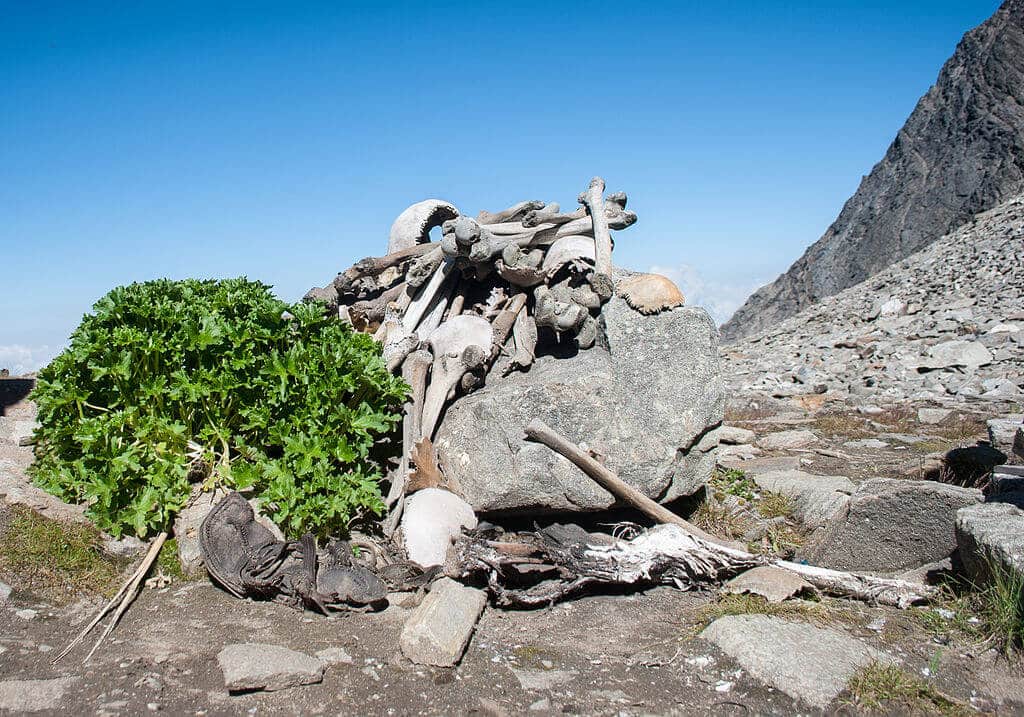
Some even believed the skulls belonged to General Zorawar Singh of Kashmir and his men, who got lost and died in the middle of the Himalayas after being caught in bad weather on their way back from the battle of Tibet in 1841. In this regard, radiocarbon dating of the bones rules out the relevance and possibility of this story because the tests show that the bones and skulls are from another era. Over the years, the Skeleton Lake mystery has piqued the interest of many historians, anthropologists, and archaeologists who have worked tirelessly to find the answers the world has been waiting for: What really happened in the Roopkund Skeleton Lake?
Scientific Discoveries on the Roopkund Lake Skeletons Mystery
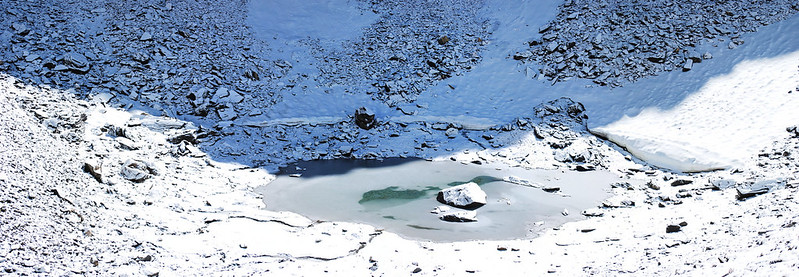
Scientists have concluded that the Roopkund lake skeletons discovered near the frozen lake belonged to pilgrims and locals who died due to hail storms. During the 2004 study of these skeletons, scientists collected bone samples and bits of preserved human tissue. They conducted DNA tests, which revealed an astonishing fact: the Roopkund lake skeletons belonged to two distinct groups of people, as evidenced by differences in the bone features of their bodies. The skeletons were divided into two groups: family skeletons and shorter skeletons.
DNA Revelations – Two Distinct Groups Among the Roopkund Skeletons
Were these two groups related? According to scientists, they were not. A few of these samples contain DNA that is found nowhere else in the world but only in a specific group of people from Maharashtra, while others contain DNA that has characteristics of Himalayan hill people. The researchers concluded that the deaths were caused by a fatal blow to the back of their heads, not by weapons, avalanches, or landslides. The marks on their skulls and shoulders indicated that they had been struck by something round, such as a cricket ball. The lack of injuries to other parts of the body suggested that hard round objects, possibly cricket ball-sized hailstones or ice balls had fallen from above and killed them.
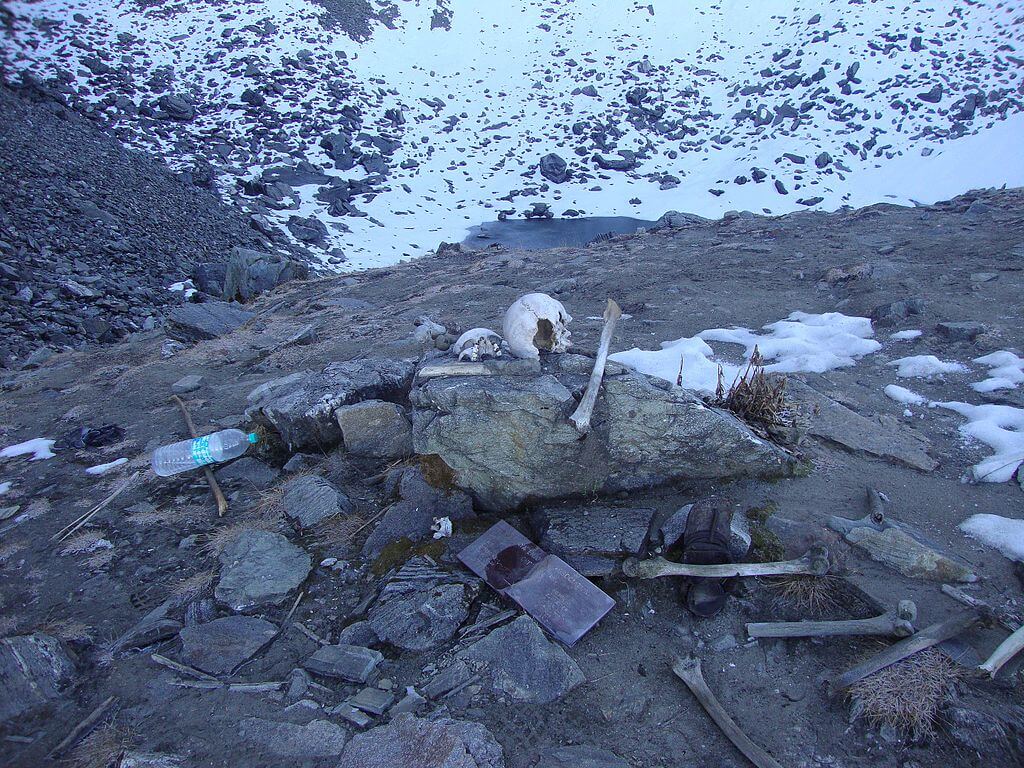
Many anthropologists believe that because Roopkund is nearly 35 kilometres from the nearest human settlement and the pilgrims could not have ventured into the area on their own, they hired locals as porters. The most likely scenario is that the taller group, which included people who were related to each other, wanted to make a pilgrimage through the mountains and hired some locals as guides. Perhaps the two groups met at the bottom of the mountain and began walking uphill when suddenly, enormous cricket ball-sized hailstones rained down and struck these people on the heads, killing them.
New Findings – Roopkund Lake Skeletons Across Time and Borders
According to a study published in 2019 by a team of Indian and international scientists, the remains belonged not only to Indians but also to people from Southeast Asia and faraway Greece. According to the scientists, they did not die in a single catastrophic event, but rather as a result of a series of incidents that occurred over a thousand years. Kathleen Morrison, chair of the anthropology department at the University of Pennsylvania, questions the Roopkund specimens and where their DNA indicates they originated. She claims that a Hellenic kingdom existed in the Indian subcontinent for approximately 200 years, beginning in 180 B.C. She also warns that radiocarbon dating becomes less accurate as specimens get closer to the present day, so the early-1800s date assigned to the Roopkund specimens with Mediterranean ancestry may not be completely accurate.
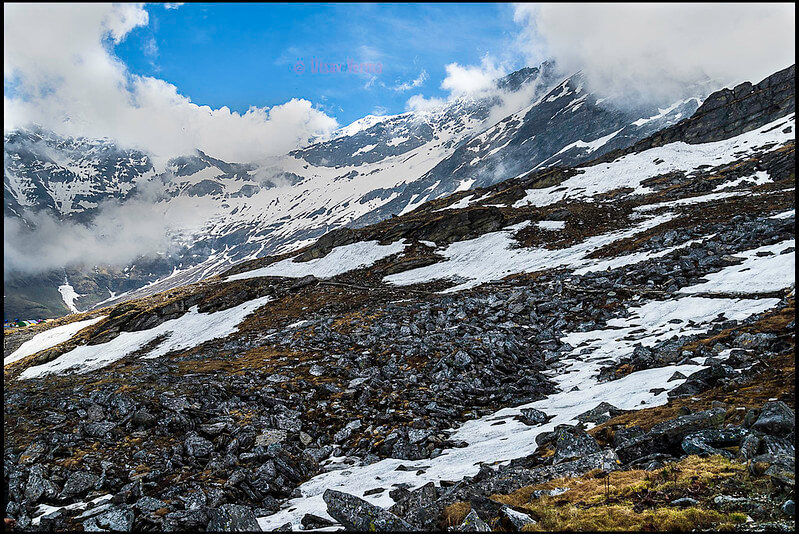
The Unsolved Mystery of Roopkund Lake Skeletons
Even after numerous detailed studies and expeditions, the Roopkund Lake mystery surrounding these Roopkund lake skeletons remains unsolved and tangled. This only leaves you with the option of visiting the location, experiencing the tranquility of the lake, admiring the beauty around you, and returning with your theory about what would have happened. While all the myths and studies try to fall into place and align in harmony, you can simply enjoy the splendour of this magnificent landscape, which includes the massive Himalayas, snow-capped mountains, a vast blue sky, and a bone-chilling breeze that surrounds the Roopkund Lake mystery.
You would pass through dazzling cascades, vast grounds of rhododendron and oak forests, breathtaking peaks, and delightful campsites on your way to the lake. As you progress, you will be able to enjoy the natural and lush green beauty of nature, as well as the soothing breeze that will relieve your soul. With a 360-degree view of the majestic snow-clad peaks, unconditional serenity, and an astounding triumphant celebration, the climb up to Roopkund lake is a once-in-a-lifetime experience. There is never enough sky kissing peaks radiating bright whites of snow, the sun peeking through clouds caressing trees, stars dotting the sky to every centimeter, and lush green meadows sprawling till the endless horizon.
Where is the Roopkund?
Roopkund is located in the Chamoli District of Uttarakhand State. Roopkund is an isolated location with no permanent human settlements nearby. It is surrounded by glaciers and is located near the base of two Himalayan peaks, Trishul and Nanda Gunti. Despite its growing popularity, it is generally inaccessible for six months of the year due to its high altitude and continuous snow.
Best Time to Visit Roopkund
Roopkund is accessible between May and June, August, and mid-October. The harsh climatic conditions only allow trekkers to trek between the first week of May and the first week of July. June is the ideal month to visit the twin Bugyals (meadows) of Ali and Bedni, as the meadows are in full bloom by this time. Trekking in Roopkund is also enjoyable between the last week of August and the first week of October. The sky is still clear, and the weather is ideal for a hike.
How to Reach Roopkund Trek by Road
The starting point of the Roopkund lake trek is Lohajang Pass, which is well connected by motorable roads. Located at an elevation of 2300 meters in the Garhwal region of Uttarakhand, Lohajang serves as the base for many famous treks, including the Bedni Bugyal and Brahmatal treks. The Roopkund trek distance is approximately 53 km, taking about 8 days to complete.
To reach Lohajang, the nearest railway stations are Haridwar and Rishikesh, both of which are well connected to major cities in India. From Haridwar or Rishikesh, you can hire a Savaari cab for a comfortable ride to Lohajang Pass, the starting point of your trek.
All You Need to Know Before Going on a Roopkund Trek
Roopkund Lake is located 14 km from Bedni Bugyal, and the trek from Bedni Bugyal to Roopkund is considered difficult, making prior trekking experience essential. The Roopkund lake skeletons add an eerie allure to the destination, with the mystery surrounding them still unsolved.
Packing Essentials for Roopkund Trek
Proper gear is crucial for a safe and enjoyable trek. Here’s a list of essential items to pack for the Roopkund lake trek:
- Trekking Shoes: Sturdy shoes with ankle support are a must.
- Backpack: A 40-50 litre backpack to carry essentials.
- Warm Clothing: Thermal layers, fleece jackets, and a down jacket for the high altitudes.
- Rain Gear: A waterproof jacket and pants to tackle unpredictable mountain weather.
- Trekking Pants: Lightweight, quick-drying pants for comfort.
- Headlamp: For navigating dark trails and campsites.
- Water Bottle: A 1-litre reusable bottle to stay hydrated.
- Sunglasses and Sunscreen: To protect against strong UV rays.
- First Aid Kit: A basic kit with band-aids, antiseptic, and pain relievers.
- Personal Hygiene Kit: Wet wipes, hand sanitizer, and tissues for cleanliness.
Fitness and Experience for the Trek
The Roopkund lake mystery may intrigue many, but the trek itself is demanding. It is highly recommended to have prior trekking experience due to the steep ascents, challenging terrain, and high altitudes. Those attempting the trek should ensure they have good physical fitness and stamina.
Hiring a Professional Guide
Given the difficulty level and the unique history of the Roopkund skeleton lake, it’s highly advisable to hire a professional guide. An expert can assist with navigation, safety, and provide insights into the local culture and the Roopkund lake mystery solved through scientific studies.
Roopkund is where adventure meets intrigue, with the mysterious Roopkund lake skeletons offering a glimpse into an unsolved enigma as you trek through Uttarakhand’s breathtaking landscapes. The road trip to Lohajang Pass, the trek’s starting point, is a scenic delight, best enjoyed at a relaxed pace. Given the trek’s challenging nature, it’s essential to begin your journey with a comfortable ride. Booking a Savaari cab ensures you travel safely and in comfort, both to Lohajang and back to Haridwar, with an experienced chauffeur. Download the Savaari app to book your ride and kickstart your Roopkund lake adventure. As you stand at the edge of Roopkund Lake, surrounded by towering peaks and the whispers of ancient mysteries, the breathtaking beauty of the Himalayas merges with the enigma of the Roopkund lake skeletons—leaving you in awe of nature’s secrets and its timeless allure.
Last Updated on September 12, 2024 by Shabari Shankar
